Introduction to HCL Storage Tanks
Hydrochloric acid (HCL) storage tanks are essential components in various industrial processes, designed to safely contain and store hydrochloric acid. These tanks are constructed from materials that resist the corrosive nature of HCL, ensuring long-term durability and stability.
Materials and Construction
The construction of HCL storage tanks involves materials such as high-density polyethylene (HDPE) and fiberglass reinforced plastic (FRP), known for their chemical resistance. The integrity of the tank design includes features like venting systems and fittings made from compatible materials to prevent any potential leaks or spills.
Types and Applications
There are various types of hydrochloric acid tanks, including vertical, horizontal, and mobile tanks, each serving specific storage requirements. These tanks are utilized across industries like petrochemicals, water treatment, and food processing, where HCL plays a role in manufacturing or treatment processes.
Features and Advantages
An acid storage tank comes with features such as level indicators, access ladders, and fill ports, tailored to enhance safety and ease of use. The advantage of using specialized HCL tanks lies in their ability to prevent contamination, maintain purity of the stored chemical, and ensure the safety of the storage environment.
Choosing the Right Tank
Selecting the appropriate chemical storage tank is crucial. Factors to consider include the tank's capacity, the concentration of HCL to be stored, and the specific requirements of the industrial application. It is important to consult with a knowledgeable supplier on Alibaba.com to find a tank that meets these needs without compromising on safety or compliance.
Maintenance and Safety
Maintenance of an HCL tank is paramount for operational safety. Regular inspections for signs of wear, proper venting, and ensuring the use of correct gaskets and seals are all part of a rigorous maintenance routine. Safety measures also include secondary containment solutions to mitigate any potential spillage or leaks.











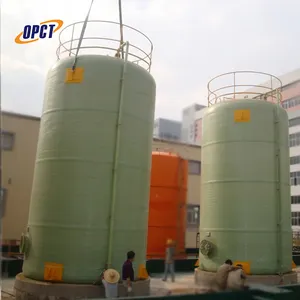



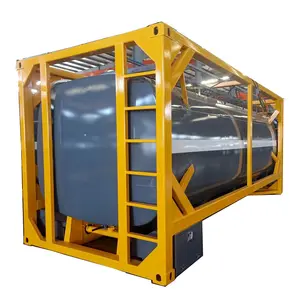

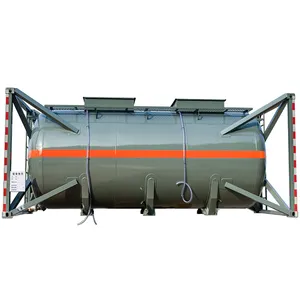




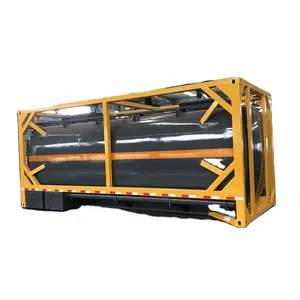
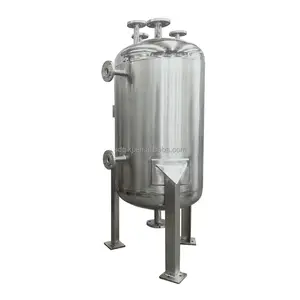

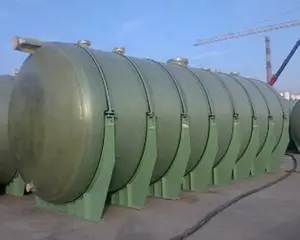

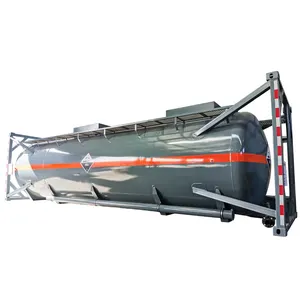

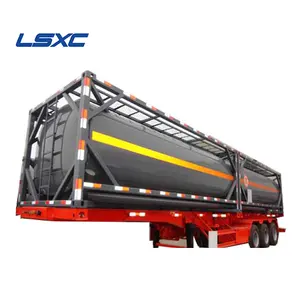

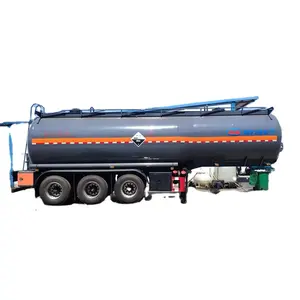
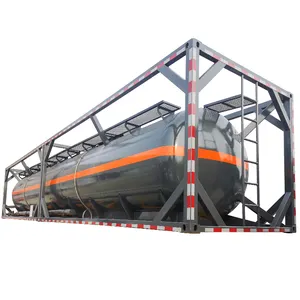
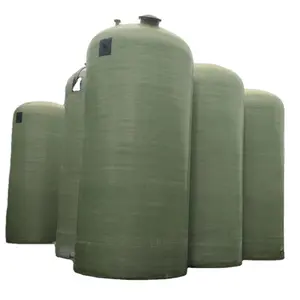

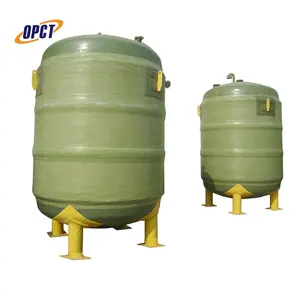


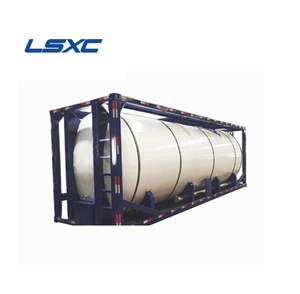

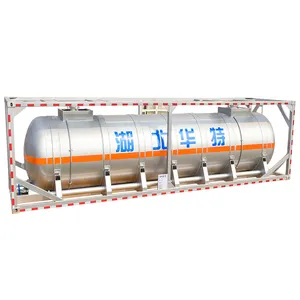
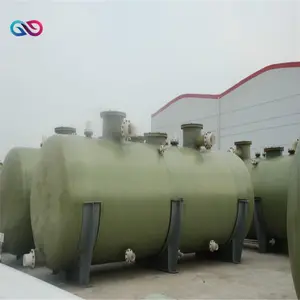



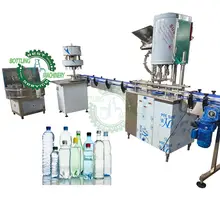

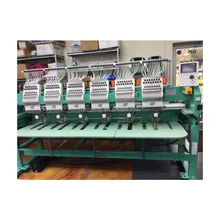


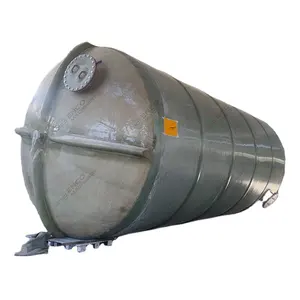
























 浙公网安备 33010002000092号
浙公网安备 33010002000092号 浙B2-20120091-4
浙B2-20120091-4